
- 2023 Villa d'Este

- 2023 Villa d'Este
- Mileage n/a
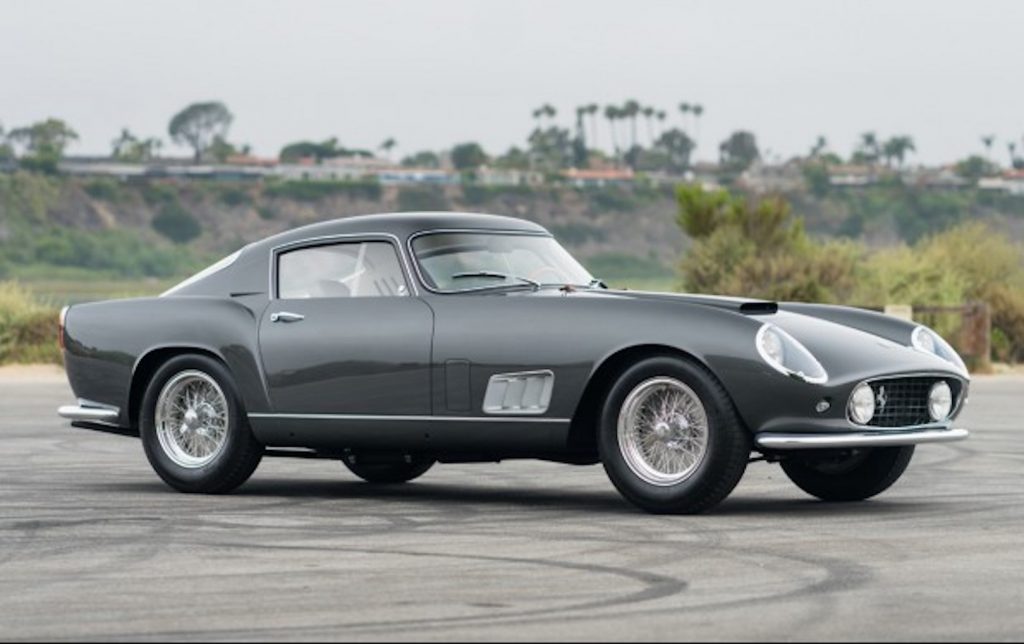
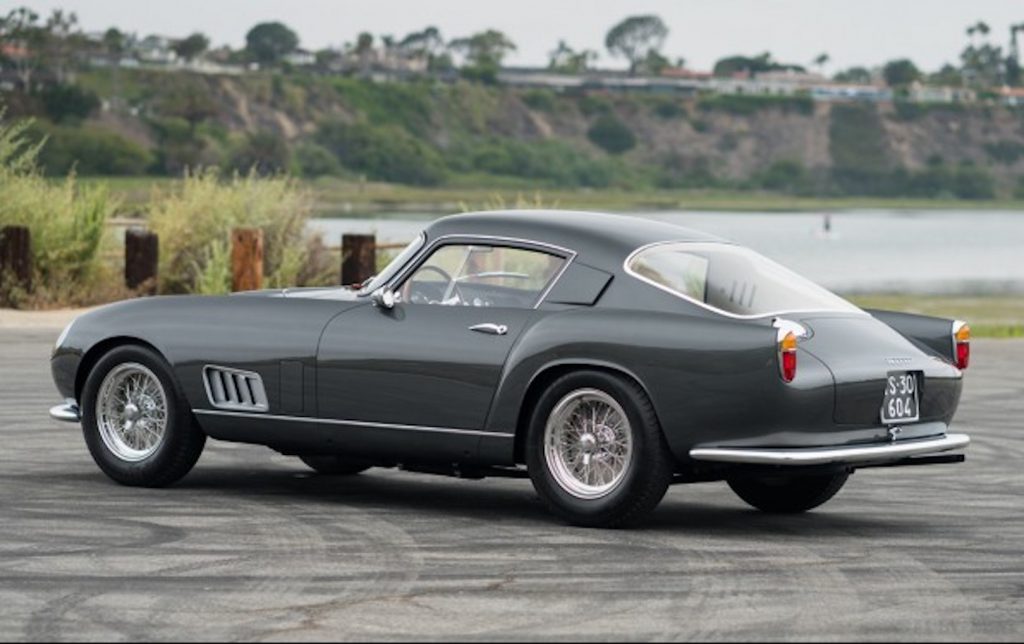
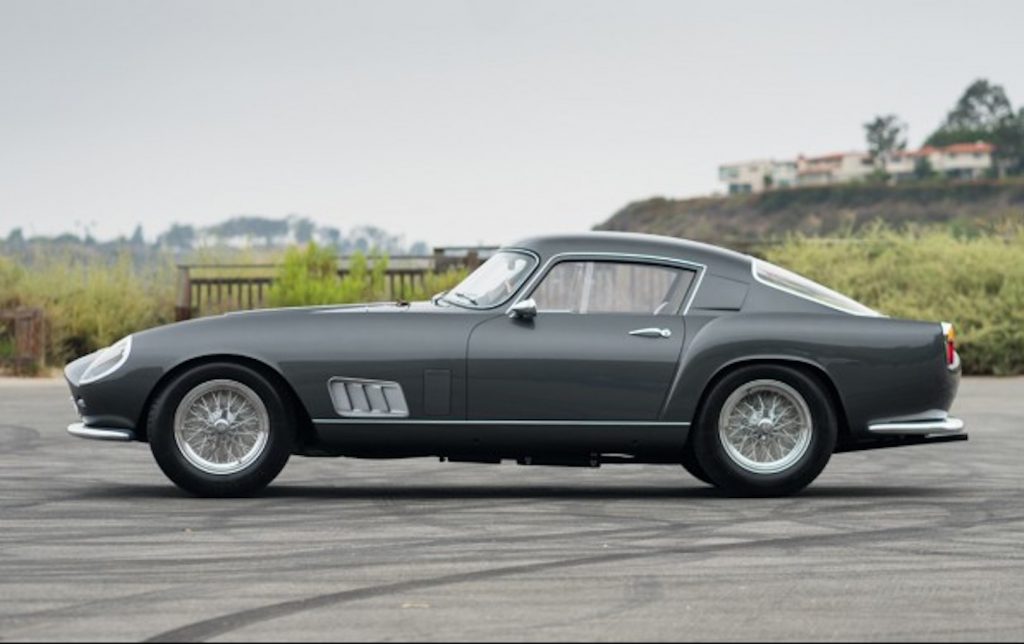
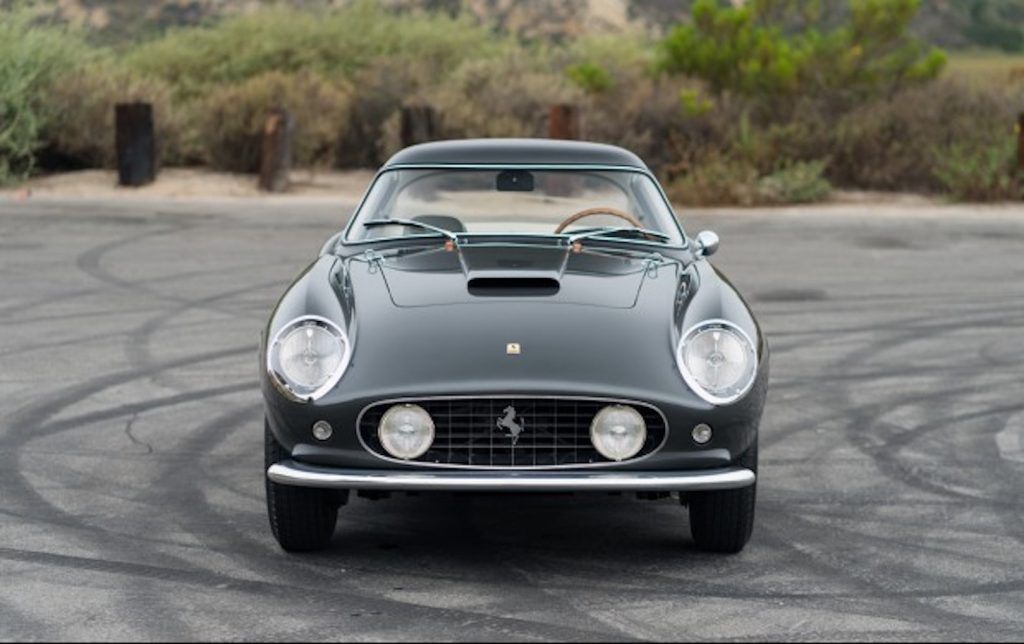
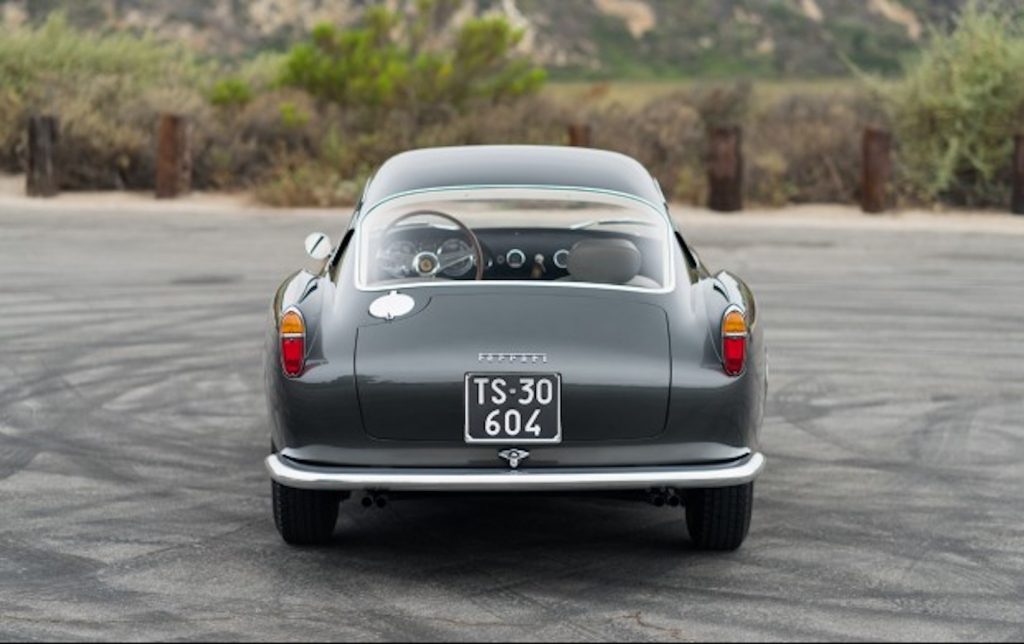
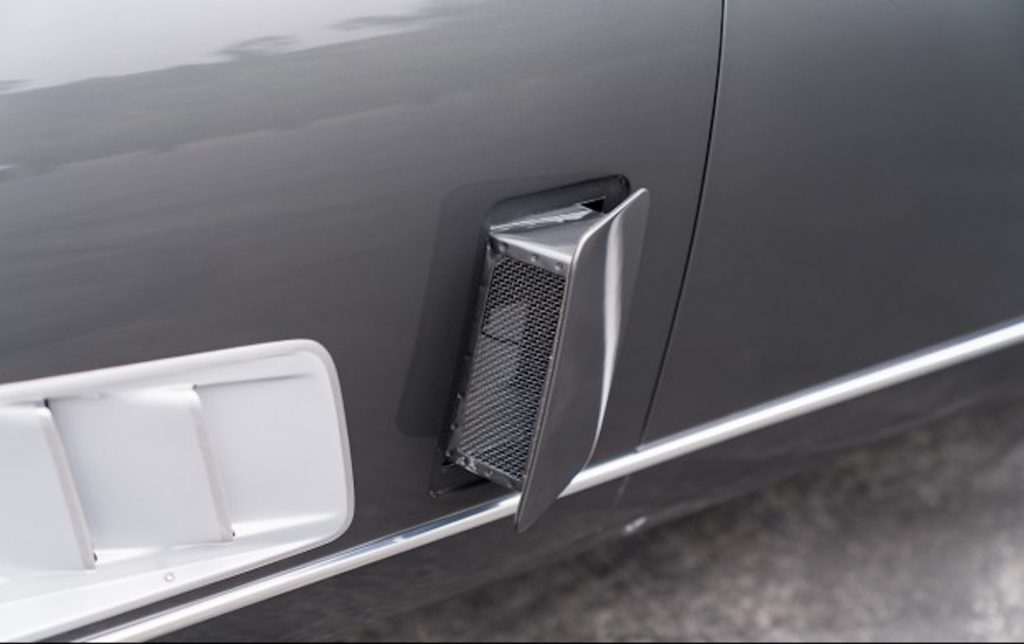
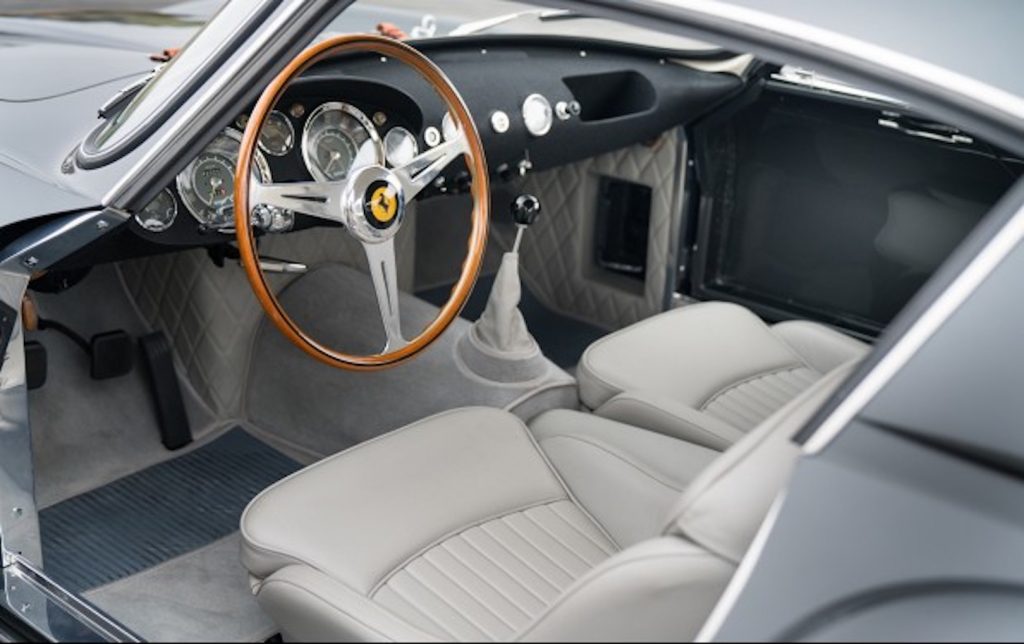
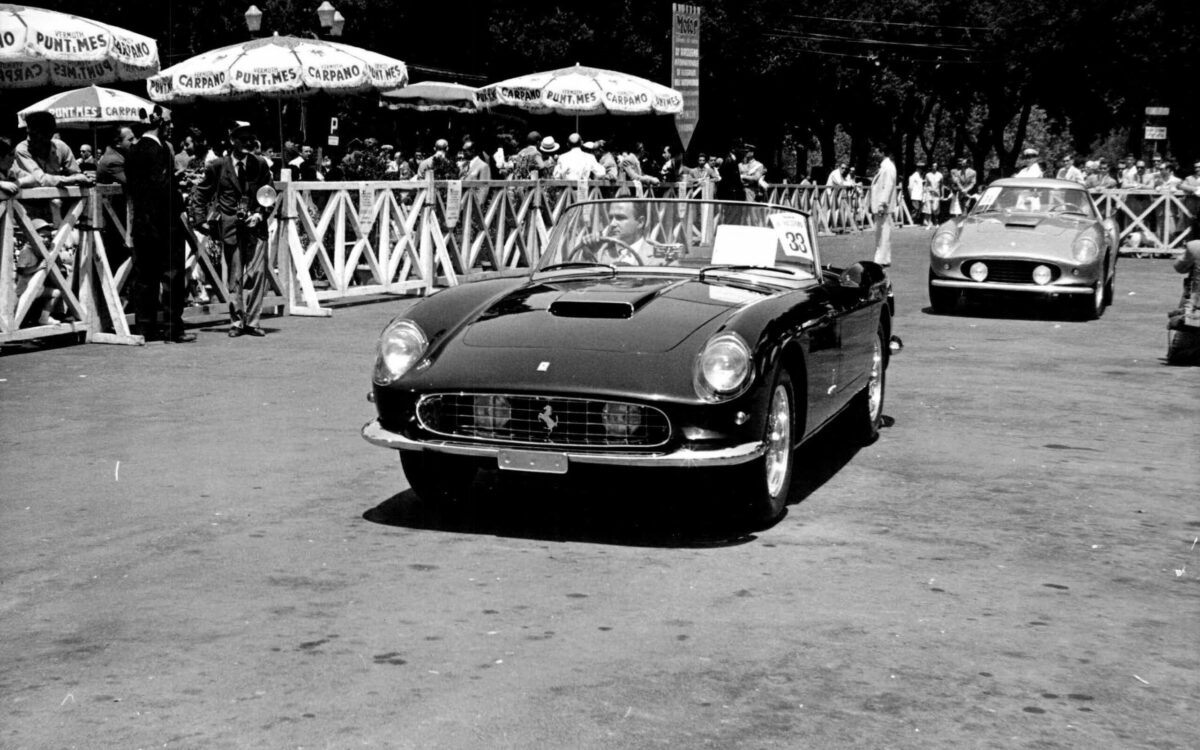
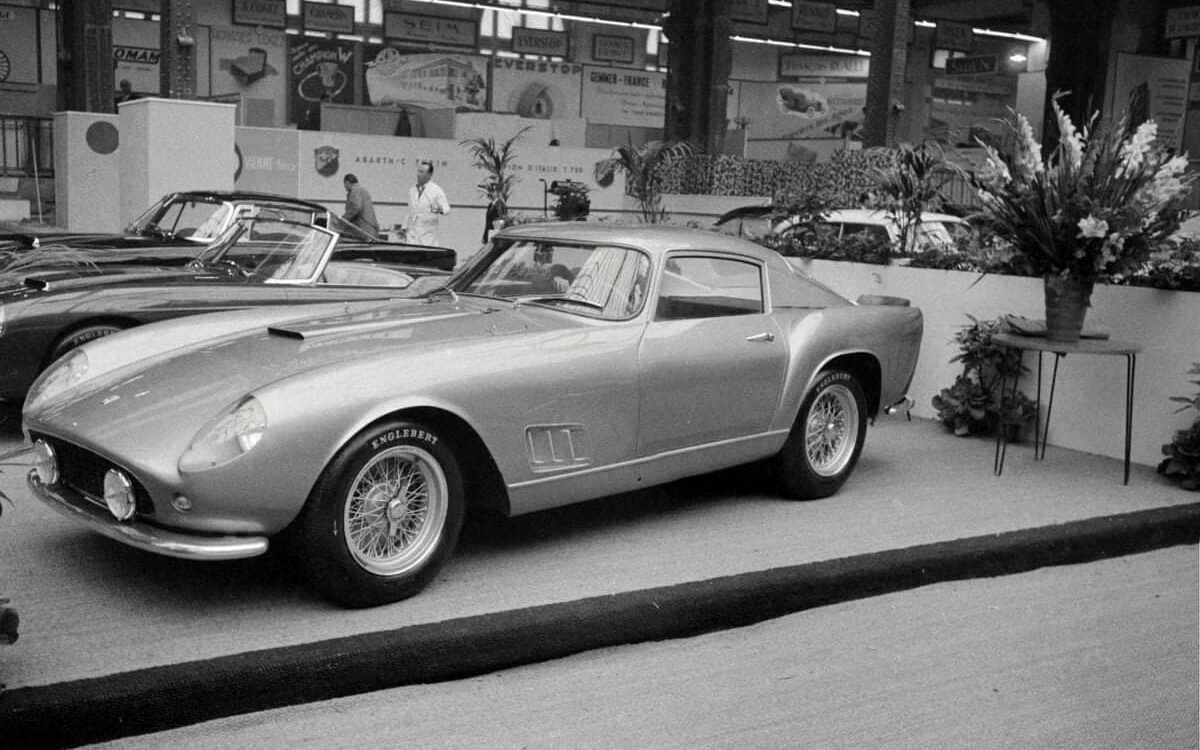











The Ferrari 250 GT Berlinetta was actually born for racing in the Gran Turismo category; however, some of the 45 examples were destined for…
The Ferrari 250 GT Berlinetta was actually born for racing in the Gran Turismo category; however, some of the 45 examples were destined for the European and American markets in road configuration. It is important to underline that the official name of this car, Ferrari 250 GT Berlinetta, will never come to include the abbreviation TDF, which is instead applied to it by enthusiasts by virtue of its numerous successes (1956, 1957, 1958 and 1959) achieved in the Tour. de France. Another unofficial acronym, but which is still attributed to it by many fans, is LWB (Long Wheel Base); it was introduced to distinguish long wheelbase models from short wheelbase SWB (Short Wheel Base) models. The last 250 GT Berlinetta (chassis 1523GT) came on the market in 1959, by which time Ferrari was developing the short wheelbase model: the 250 GT Berlinetta short wheelbase.




Missing or wrong informations?
Carrozzieri-Italiani.com relies on thousend of users who help to populate the database. We do not guarantee the accuracy of the informations. Contact us if you want to contribute.
